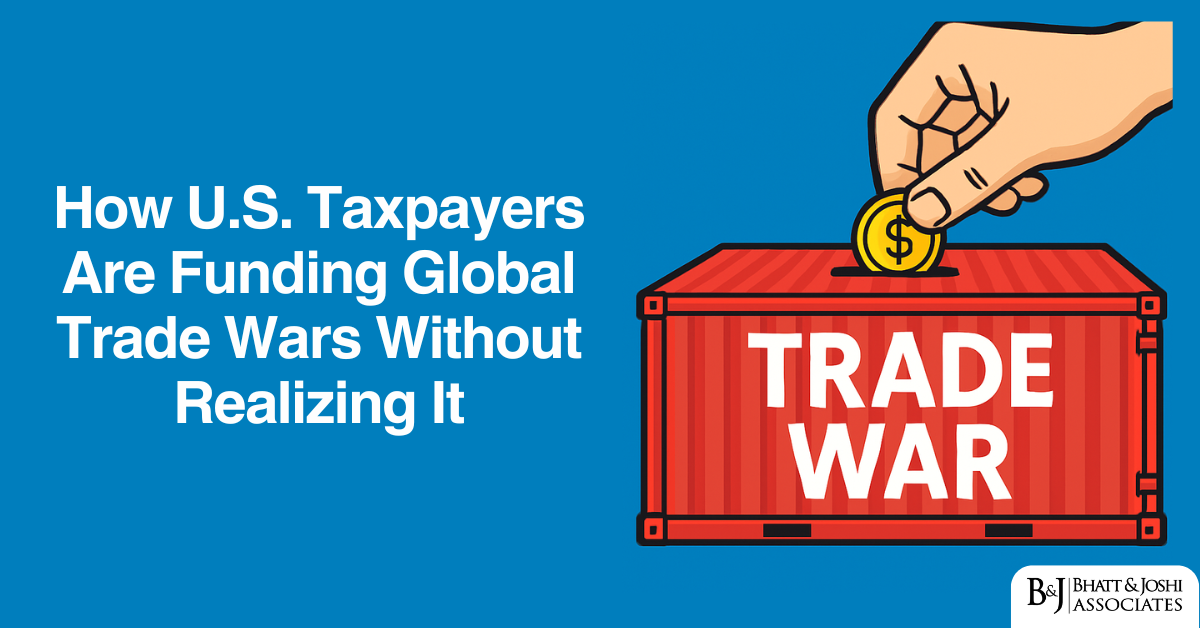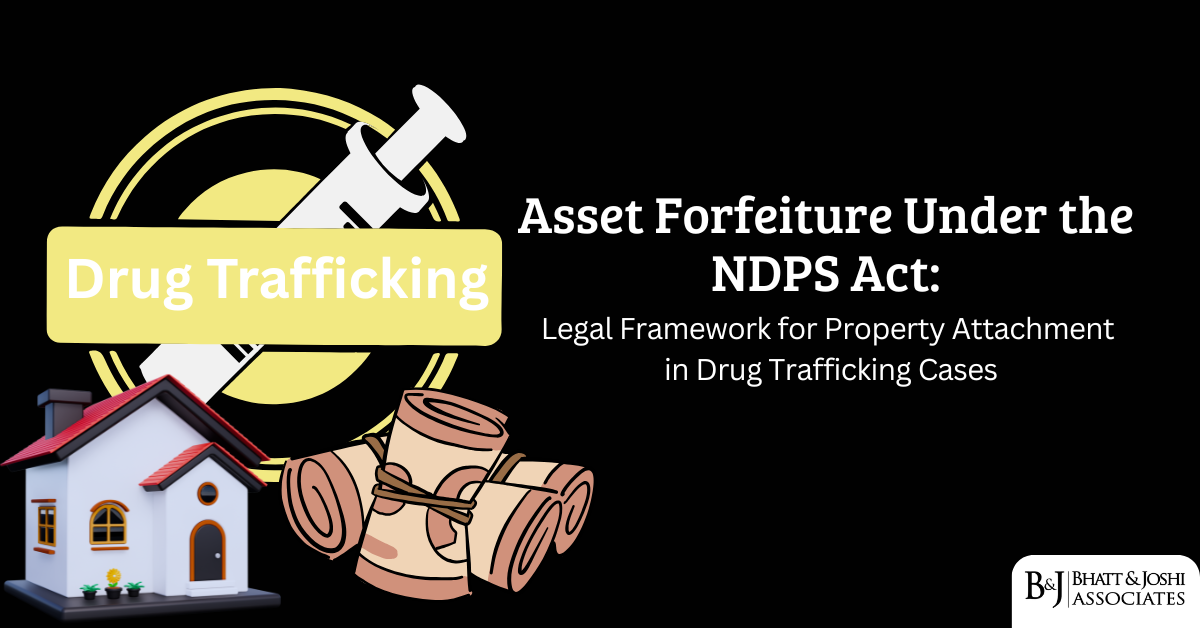Introduction
When trade wars make headlines, they’re often portrayed as battles between nations, with tariffs serving as the primary weapons. However, the reality is more complex and closer to home: American taxpayers ultimately bear the burden of these economic conflicts in ways that are often hidden or poorly understood. From higher consumer prices to increased government spending and long-term economic damage, the hidden cost of trade wars ripples through the economy in numerous ways, all eventually leading back to the American taxpayer’s wallet.
The current era of trade conflicts, particularly with China, has created a complex web of direct and indirect costs that affect every American citizen, often without their awareness or consent. Understanding these hidden costs is crucial for evaluating the true impact of trade policies and their implications for American economic wellbeing.
The True Cost of Trade Wars
Trade wars generate expenses far beyond the obvious costs of tariffs and retaliatory measures. The financial burden manifests through multiple channels: direct government spending, increased consumer prices, subsidies to affected industries, and reduced economic efficiency. These costs are often obscured by complex economic relationships and time lags between policy implementation and their ultimate impact on taxpayers.
The Congressional Budget Office estimates that recent trade conflicts have reduced U.S. GDP by approximately 0.3% annually, translating into hundreds of billions of dollars in lost economic output. This reduction in economic activity ultimately means less tax revenue and greater pressure on government spending, creating a feedback loop that affects taxpayers in multiple ways.
Direct Taxpayer Burdens
The most immediate impact on taxpayers comes through increased prices for imported goods subject to tariffs. While tariffs are technically paid by importers, these costs are largely passed through to consumers in the form of higher prices. Studies from the Federal Reserve Bank of New York estimate that recent tariffs have cost the average American household several hundred dollars annually in direct costs.
Moreover, the administrative costs of implementing and enforcing trade measures create additional expenses paid directly through tax dollars. The expansion of customs enforcement, trade monitoring systems, and regulatory compliance mechanisms all require substantial government spending funded by taxpayers.
Hidden Consumer Costs of Trade Wars
Beyond direct price increases on tariffed goods, consumers face hidden costs through disrupted supply chains and reduced market competition. When companies reorganize their supply chains to avoid tariffs, these adjustment costs are ultimately reflected in consumer prices. The Peterson Institute for International Economics estimates that such supply chain disruptions have added significantly to consumer costs beyond the direct impact of tariffs.
These hidden cost of trade wars extend throughout the economy, affecting prices for both imported and domestic goods. As companies adjust to trade restrictions, they often pass increased operational costs to consumers, creating a broader inflationary effect that erodes purchasing power across the economy.
Government Spending and Debt
Trade wars often prompt increased government spending through various support programs for affected industries. The most visible example is agricultural subsidies, with payments to farmers affected by retaliatory tariffs exceeding $28 billion in recent years. These subsidies, while necessary to support affected communities, represent a direct cost to taxpayers that often goes unrecognized in discussions of trade policy.
Furthermore, reduced economic activity from trade conflicts leads to lower tax revenues, forcing the government to increase borrowing to maintain spending levels. This additional debt creates future tax obligations that will burden taxpayers for years to come.
Economic Ripple Effects
The broader economic impacts of trade wars create additional costs for taxpayers through reduced economic growth and job opportunities. When trade conflicts disrupt global supply chains and market relationships, they can trigger:
Reduced business investment due to uncertainty about future trade conditions. Job losses in export-dependent industries and their supporting sectors. Lower productivity growth as companies defer technological upgrades and expansion plans. These effects ultimately translate into lower wages and reduced economic opportunities for American workers.
Agricultural Impact and Subsidies
The agricultural sector provides a clear example of how taxpayers fund trade wars. When foreign markets impose retaliatory tariffs on U.S. agricultural products, the government typically responds with support programs to protect farmers. The Market Facilitation Program and other agricultural support initiatives have cost taxpayers tens of billions of dollars, essentially transferring the cost of trade conflicts from farmers to the general public.
These agricultural support programs, while necessary to maintain rural economic stability, represent a significant hidden cost of trade wars that is ultimately borne by taxpayers across the country.
Industrial Policy Cost Trade wars
Trade wars often prompt increased government intervention in industrial policy, creating additional costs for taxpayers. Programs designed to rebuild domestic manufacturing capabilities or support strategic industries typically require substantial public funding. The CHIPS Act, providing $52 billion for domestic semiconductor manufacturing, exemplifies how trade conflicts can lead to major taxpayer-funded industrial policy initiatives.
While such investments may yield long-term benefits, they represent significant near-term costs that must be funded through taxes or additional government borrowing.
National Security Expenses
Trade conflicts increasingly overlap with national security concerns, creating additional taxpayer expenses through increased defense and security spending. Programs to protect critical supply chains, screen foreign investments, and develop domestic production capabilities in strategic sectors all require substantial government funding.
These security-related expenses, while often necessary, represent another way that trade wars generate costs that are ultimately borne by taxpayers.
Long-term Economic Consequences
The long-term consequences of trade wars may represent their most significant cost to taxpayers. Reduced economic growth, decreased innovation, and lower productivity growth create a less dynamic economy that generates fewer opportunities and lower living standards. These effects compound over time, potentially reducing future tax revenues while increasing demands for government support programs.
The erosion of international economic relationships and global supply chains may have lasting effects that burden taxpayers for generations through reduced economic efficiency and missed opportunities for growth.
Conclusion: Assessing the True Cost of Trade Wars on U.S. Taxpayers
The full cost of trade wars to U.S. taxpayers extends far beyond obvious measures like tariff payments and retaliatory actions. Through various direct and indirect channels, American citizens bear the burden of trade conflicts in ways that are often hidden or poorly understood. From higher prices and reduced economic opportunities to increased government spending and long-term economic damage, the costs accumulate in numerous ways that ultimately affect every taxpayer.
Understanding these hidden costs is crucial for evaluating whether trade wars serve American interests. While some trade measures may be necessary to address legitimate economic and security concerns, policymakers and citizens should carefully consider the full range of costs that taxpayers will bear, both immediately and in the future.
The question “Are trade wars worth it?” requires looking beyond immediate political considerations to examine their true long-term costs to American society. Success in addressing trade challenges may require more nuanced approaches that consider both the visible and hidden costs to taxpayers while seeking solutions that maintain economic efficiency and growth.














